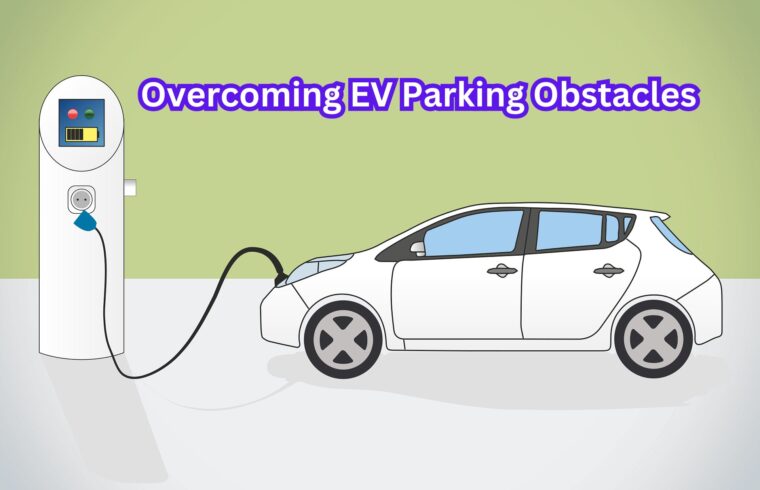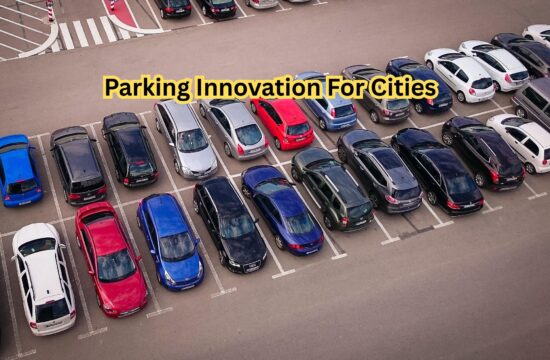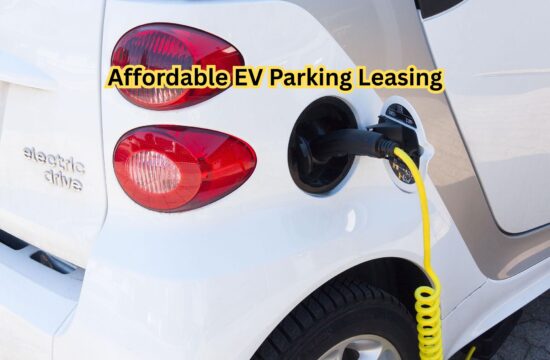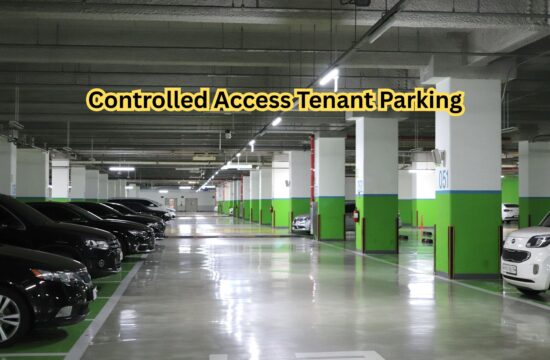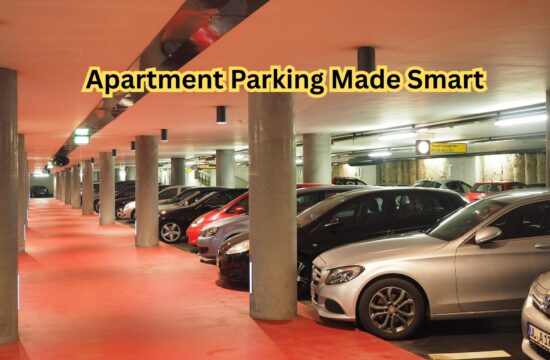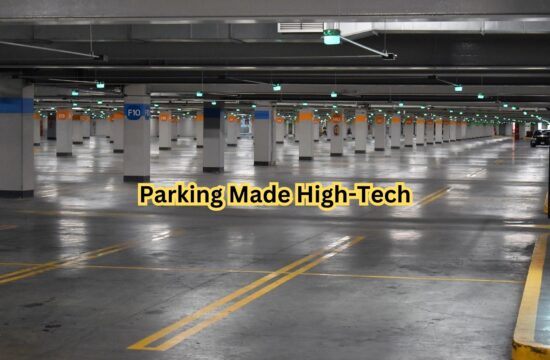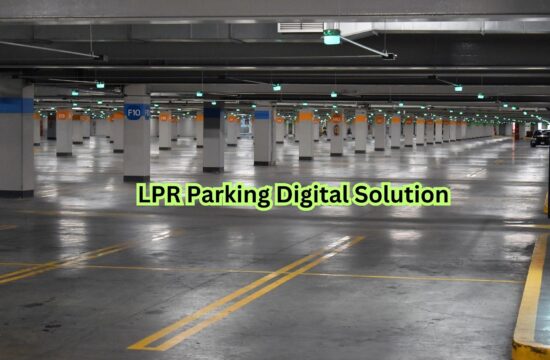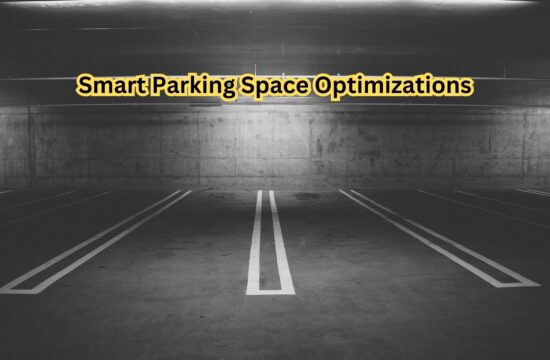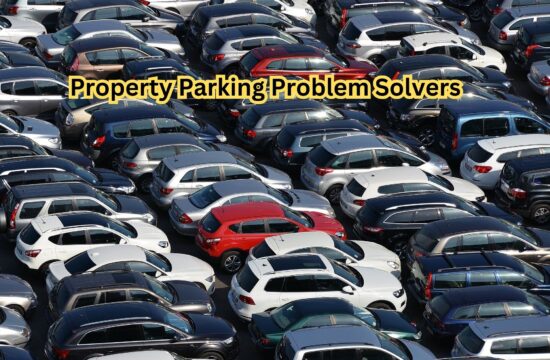Overcoming EV parking obstacles entails improving charging infrastructure, optimizing space use, and applying smart technologies to improve accessibility. By overcoming EV parking obstacles, cities can ensure seamless integration of electric vehicles into urban environments. This focus on overcoming EV parking obstacles also encourages greater EV adoption.
Improving EV Bay Utilization
Reducing wait times, increasing user experience, and optimizing charging station efficiency all depend on increasing EV bay utilization. We can greatly increase the total capacity of EV charging by making wise allocation decisions and using available space.
Software Problems with EV Parking
Payment processing mistakes, erroneous space availability, and poor connectivity between vehicles and charging stations are just a few of the problems that can arise from software faults with EV parking. Robust solutions are necessary to maintain smooth functioning as these difficulties impair efficiency and user experience.
Payment Issues in EV Parking
Inconsistent payment platforms, transaction failures, and a lack of standardization among charging networks are common causes of payment problems in electric vehicle parking. These difficulties may irritate consumers and erect obstacles in the way of a convenient and easy EV charging experience.
Boosting EV Parking Earnings
Increasing revenue from EV parking involves implementing dynamic pricing, optimizing space utilization, and offering premium services such as reserved parking and faster charging options. By leveraging data analytics, operators can align pricing with demand patterns, maximizing earnings and ensuring efficient use of available resources while enhancing the overall experience for EV users.
Handling Full-Charge Parking Overstays
To prevent full-charge parking overstays, enforce time-based penalties once charging is complete. Users should receive notifications when charging ends, and advanced monitoring systems should be used to free up spaces for other EV users. This approach to enhances overall efficiency and optimizes the utilization of charging stations, ensuring a better experience for all EV drivers.

